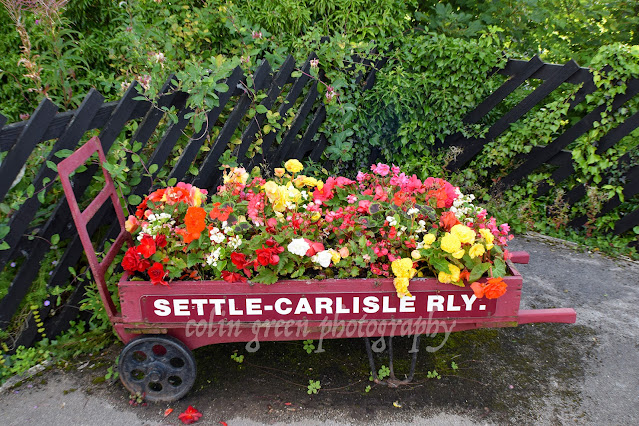Recently, I ventured out with my camera to capture a couple of short film clips showcasing a fascinating corner of Sowerby Bridge: the weir and the enigmatic Hollins Tunnel. These aren't just any local landmarks; they're tangible links to our industrial heritage, whispering tales of a time when waterways were the lifeblood of commerce. You can now find these glimpses of history on my YouTube channel
One of the stars of these clips is Hollins Tunnel, or Hollins Mill Tunnel as it's also known. More than just a passage beneath Hollins Mill Lane, this canal tunnel stands as a testament to the ambitious engineering feats of over two centuries ago. Imagine this: back in 1804, this very tunnel played a crucial role in the opening of a vital artery – a canal connecting the bustling Calder & Hebble Navigation right here in Sowerby Bridge with the distant Bridgewater Canal in Manchester. It's a connection that fuelled trade and transformed the landscape.
What strikes me most about Hollins Tunnel is its sheer scale. Stretching out as the longest canal tunnel in Yorkshire, it possesses a certain imposing presence, especially when you step into its cool, damp interior. There's a palpable sense of history within those stone walls, a feeling of countless boats having passed through its darkness, laden with goods and the aspirations of a bygone era.
My filming on the 6th of December 2018 aimed to capture this duality. At either end of the tunnel, you can witness the contrast between the daylight and the encroaching shadows. But it's inside the tunnel where the atmosphere truly shifts. The air grows still and carries a damp chill, the only sounds perhaps the echoing drip of water or the rustle of unseen life. It can feel quite an intimidating place in the dark, a silent sentinel guarding the secrets of the past.
These short clips are more than just visual snapshots; they're an invitation to connect with a piece of Sowerby Bridge's identity. They offer a moment to consider the ingenuity and sheer hard work that went into creating these waterways and the tunnels that facilitated their reach. I hope you'll take a few moments to watch them and perhaps gain a new appreciation for the enduring legacy of Hollins.
Cruising along the tranquil Calder and Hebble Navigation near Sowerby Bridge, a subtle yet persistent murmur often drifts through the still air within the canal tunnel. It's the voice of Hollins Mill Weir, a historic structure lying just beyond the darkness, so close you can almost feel its spray, yet often remaining just out of sight.
For generations, this now-partially submerged cascade wasn't just a sound; it was the lifeblood of the bustling mills that once defined this stretch of the Calder Valley. These mills, now consigned to the annals of history and the leveled earth, hummed with the energy harnessed by the very water that now tumbles over the weir. Imagine the rhythmic thrum of machinery, powered by the relentless force of the river – a stark contrast to the peaceful quietude that envelops the canal today. The weir, in its current silent vigil, stands as a poignant monument to that industrious past, a stone sentinel whispering tales of a vibrant era.
However, the weir's story isn't just one of bygone industry. It's also a testament to the raw power of nature and the resilience of the landscape. The devastating Boxing Day floods of 2015 ripped through the Calder Valley with terrifying force, and Hollins Mill Weir was not spared. A significant section of its structure succumbed to the deluge, a stark reminder of the day the river turned from a source of power to an agent of destruction. While the visual evidence of this damage might be elusive in a fleeting glimpse from the canal, the absence is a palpable part of the weir's current narrative.
On a crisp December 6th, the water flowed over the remaining stones, perhaps carrying echoes of both its industrious past and its more recent battering. To listen to the weir's constant rush is to connect with layers of history – the ingenuity of those who harnessed its power, the destructive force of the floods, and the quiet perseverance of a landmark that continues to shape the soundscape of this waterway. It's a reminder that even in apparent stillness, the past continues to resonate.


























%20Church,%20Todmorden%20a%2012%20x%208.jpg)
%20Church,%20Todmorden%20b%2012%20x%208.jpg)
%20Church,%20Todmorden%20c%2012%20x%208.jpg)
%20Church,%20Todmorden%20d%2012%20x%208%20copy.jpg)
%20Church,%20Todmorden%20e%2012%20x%208.jpg)
%20Church,%20Todmorden%20f%2012%20x%208.jpg)
%20Church,%20Todmorden%20f%2012%20x%208.jpg)








